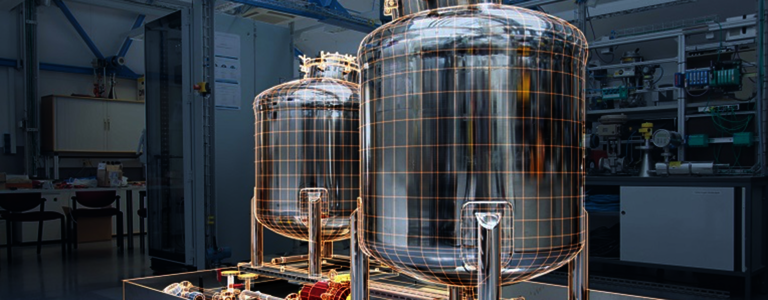- Artificial intelligence automatically captures P&IDs
- Cost reduction of at least 50 percent possible
Virtual plant models - so-called digital twins - are now the measure of all things in plant documentation. With their help, it is possible to locate all important data in mere seconds. They thus make it easier to comply with operator obligations, accelerate plant modifications and allow for entirely new efficiency enhancement applications through a connection to the Internet of Things. But the conversion of plant documents into a digital form is costly both in terms of time and money. This is where the new digital solution PIDGraph comes into play - a solution that industrial services provider Bilfinger is currently developing for the market.
In a first step, PIDGraph automatically converts piping and instrumentation diagrams (P&IDs) into an intelligent digital version. The application is significantly cheaper than previous conversion methods. Where it was previously necessary to re-create the P&IDs manually, PIDGraph can work with the existing material as a basis, leading to a cost reduction of at least 50 percent. The objective in a second step is to enable the processing of additional plant documents using PIDGraph.
"PIDGraph is a revolution in the generation of 'digital twins'", says Martin Bergmann, Project Manager at the Bilfinger Digitalization & Innovation Lab. "The application is not only significantly cheaper than previously common procedures, it also generates tremendous time savings. With PIDGraph, we generate a clear efficiency and competitive advantage for our customers."


